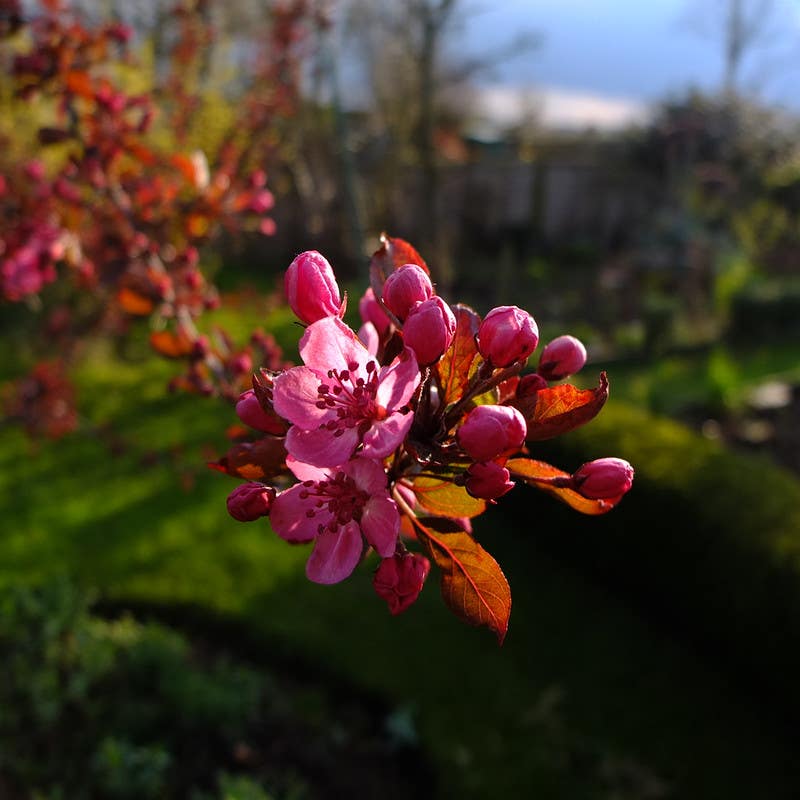Transplanting Oriental Poppies
Oriental poppies (Papaver orientale) can be tricky to transplant because of their long tap root, but it can be done, and late summer is the best time. Here are some tips on transplanting oriental poppies.
Oriental poppies (Papaver orientale)—the type with large, showy spring flowers—are best transplanted in late summer, when they are not actively growing. They have long tap roots that can make moving them a little challenging. The larger the plant, the longer the taproot, so you may have the best success with a smaller plant.
Dig a large circle around the plant with a sharp shovel. Dig deep down to get under the tap root, then lift up carefully. Try not to break the roots.
Be careful that the roots do not dry out while they are out of the ground. If you're traveling with the plant (for instance, transplanting it from a friend's garden to your own), keep the roots in a pot of damp soil or in a plastic bag with some water in it.
Dig a hole as deep as the root system and twice as wide. Put the plant in so that the top of the roots are level with the top of the soil. Basically you want it to sit just as it was sitting in its old hole. Fill back in with soil. Keep the soil moist for the first month or so. Once established the poppy should need watering only when the weather is hot and dry.
From early fall to early winter, you can also propagate oriental poppies by taking root cuttings. Several other perennials can also be increased by root cuttings.
Get a guide to summer garden tasks for under $5
See our CD on gardening with perennials
Find more gardening resources at GardenersHub.com







